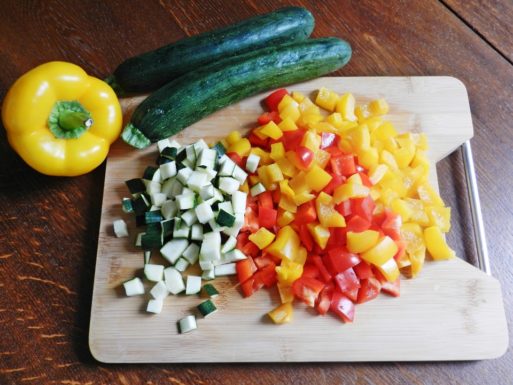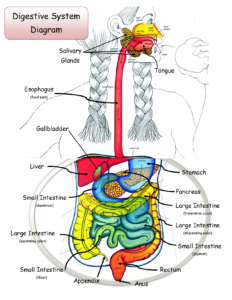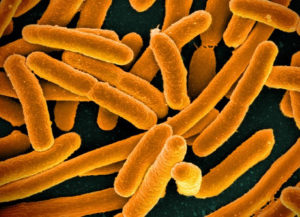 Your doctor has probably already told you how important a high-fiber diet can be for your health. But now we have even more research supporting this claim. A group of researchers found that when microbes in our digestive tract don’t get enough fiber, they start to eat at the colon’s inner mucus lining. This, in turn, increases the risk of gastrointestinal infections.
Your doctor has probably already told you how important a high-fiber diet can be for your health. But now we have even more research supporting this claim. A group of researchers found that when microbes in our digestive tract don’t get enough fiber, they start to eat at the colon’s inner mucus lining. This, in turn, increases the risk of gastrointestinal infections.
Risk Highest in the Elderly
An estimated 17,000 people die every year from gastrointestinal infections, according to the Centers for Disease Control and Prevention. This is an especially big issue for the elderly. Out of the 17,000 cases of lethal gastrointestinal illnesses, about 83 percent were in people over the age of 65. These patients are at a higher risk because they’re exposed to more infection-causing bacteria at hospitals and nursing homes and because their immune systems are usually weaker than those of younger adults. This new research suggests that a high-fiber diet could prevent a number of potentially lethal gastrointestinal infections every year.
The research group, which included professors at the University of Michigan and the Luxembourg Institute of Health, recently published their findings in the scientific journal Cell. To conduct the study, they bred mice that were born without natural gut microbes. The researchers then transplanted 14 common human gut bacteria strains into the mice and tracked the bacteria’s activity.

Credit: humananatomychart.us
From there, the researchers fed the mice a range of diets, from high-fiber diets to meals that included no fiber. In the mice that ate a high-fiber diet, the bacteria didn’t deplete the natural mucus layer that lines the colon and other parts of the digestive tract. This mucus layer was thickest in mice with high-fiber diets. It didn’t take that much dietary fiber for the mucus layer to remain intact either. Just 15 percent of the mice’s diet consisted of fiber-dense foods, like whole grains and raw plants.
The mice that ate no dietary fiber or had little fiber in their diets had a much thinner mucus lining in their digestive tracts. Researchers believe that gut microbes, when starved of their natural food source (fiber), begin to eat at the mucus surrounding them, thus depleting the body’s natural protective barrier.
Hi-Fiber Diet Prevents Infection
To further prove this hypothesis, researchers then injected the mice with bacterial strains similar to E. coli. In mice, these bacterial strains have the same impact as E. coli does on humans. They cause symptoms such as inflammation and diarrhea, which in some cases can eventually lead to death, especially for those who have weakened immune systems.

Credit: Flickr.com
The mice with the thickest mucus linings were less likely to become infected by the E. coli-like bacteria than those with little protective lining. When researchers studied the latter group more closely, they found that in some cases the mucus lining had eroded away completely, leaving the gut vulnerable to infection.
What’s more, this mucus erosion could happen within just a few days. Researchers removed a small group of mice from their high-fiber diets, and discovered that the mucus lining began shrinking almost immediately. In addition, researchers found that some sources of fiber were better at promoting mucus production than others. Prebiotic fiber, including fiber found in supplements and processed foods, didn’t prevent gut bacteria from eroding the mucus lining. They found that prebiotic fiber had the same effect as a low-fiber diet in the mice they studied.
Researchers plan on studying this issue further, including the impact that prebiotic fiber has on the gastrointestinal system and whether certain biomarkers play a role in how well we process fiber. In the meantime, they suggest eating a high-fiber diet consisting of raw plant material or other non-processed foods to promote gastrointestinal health.

 A High-Fiber Diet Could Protect Your Colon From Infection
A High-Fiber Diet Could Protect Your Colon From Infection



 The Spiritual Symbolism of Cardinals
The Spiritual Symbolism of Cardinals
 Meaning-Focused Grief Therapy: Imaginal Dialogues with the Deceased
Meaning-Focused Grief Therapy: Imaginal Dialogues with the Deceased














